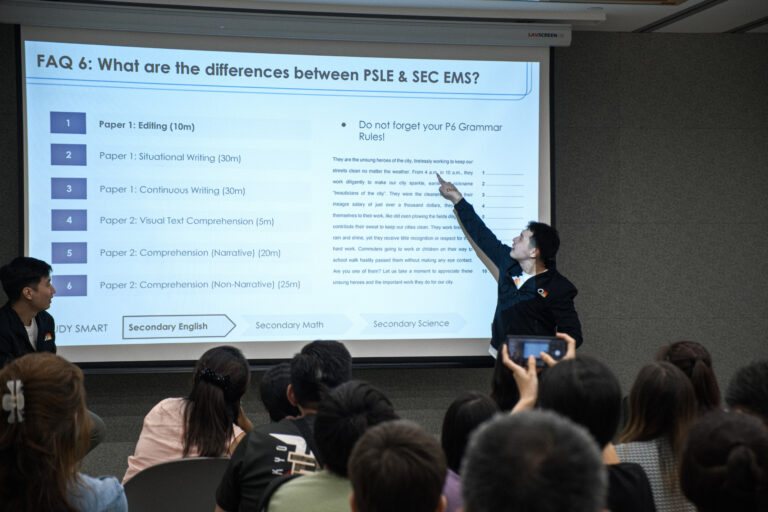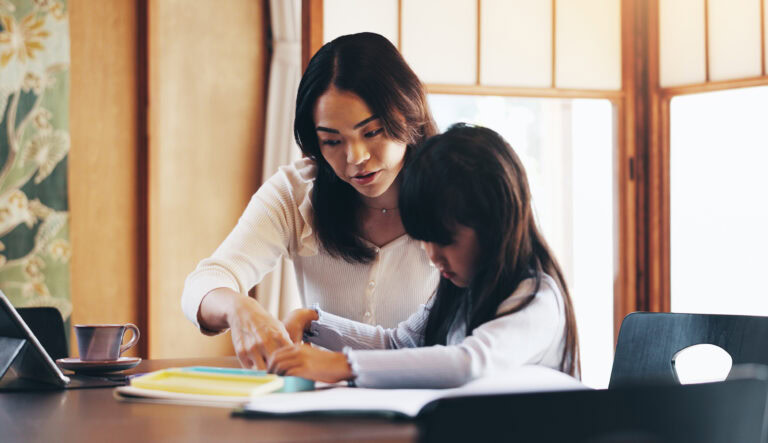I. Introduction

It is almost the start of another school year and your child has received their Secondary school posting results. If you are not satisfied with the school or stream your child has been posted to, you would be happy to know that this is not the end of the road. There is always a chance for your child to switch schools and streams which usually happens at the end of Secondary 1 and is dependent on the academic performance of your child in Secondary 1. In other words, do well for Secondary 1 and your child will get the second bite of the cherry. They would be in good standing to switch schools and streams. For more information on this, you would need to contact the particular school and enquire what their requirements and processes are like.
Whether or not you are content with where your child is at currently, we are sure you would like your child to have a smooth transition into Secondary school. For this purpose, it would be important for you and your child to appreciate the differences between Primary and Secondary school.
Primary school and Secondary school are remotely the same. We are not just talking about the multitude of subjects a Secondary school student has to take, but are also highlighting the differences in content and focus of the three main subjects: English, Mathematics and Science. For the purposes of this article, we will only touch on Mathematics. Watch out for our coverage on English and Science in our future articles.
II. Secondary and Primary Mathematics

1. More than just skills based
Unlike Primary school mathematics, Secondary school mathematics is more than just skills based. At the Primary school level, students need only solve problem sums using heuristics. At the secondary school level, students will still need to solve problems. However, part of being able to solve problems hinges on their mastery of mathematics vocabulary and terminology. For example, students would be introduced to whole numbers, rational numbers and prime numbers. Questions would revolve around what these numbers are and how they differ from each other.
2. More topics
In addition to the topics learnt in Primary school, Secondary one students will be taught a range of new topics which they have never encountered. These topics include:
Primes, HCF and LCM
Approximation & Estimation
Algebra & Algebraic Manipulation
Linear Equations & Inequalities
Functions and Linear Graph
Polygons
3. More challenging problem-solving skills
Gone are the days of solving problem sums using the model method. In Secondary one, students would learn the Algebraic method and will begin to use this method almost exclusively to solve more challenging problem sums. While algebra has been introduced in Primary six, students from Secondary one onwards would need to learn how to present their workings and solutions accurately. Marks will be deducted if the Algebraic method used does not show clear reasoning and mathematical thinking.
An example of a problem that requires the use of the Algebraic Method is as follows:

III. TTA is always here for you

The purpose of this article is to outline some key differences you should know about Secondary and Primary school mathematics. As with anything that is new and unfamiliar, it would naturally appear daunting. But rest assured that it would get easier once your child begins to get the hang of things.
The issue is just that your child would be entering a new phase of his or her life with a new school, new friends and new teachers. Add on CCAs and the ~9 subjects he/she would have to undertake and we have gotten ourselves the hallmarks of the ultimate stress test.
Should you want to give your child a smoother transition into Secondary school life, you can always count on Think Teach to be here for you. At the Secondary school level, we offer expert tutoring in English, Mathematics and Science. Simply enquire with us to find out more about the nature of our classes, the schedule of our classes and the profile of our teachers.
The learning journey continues and we will always ensure we give you and your child the best.




